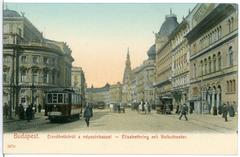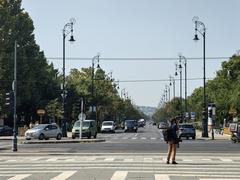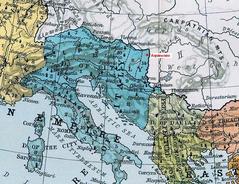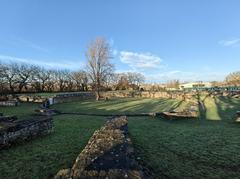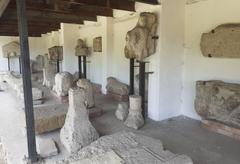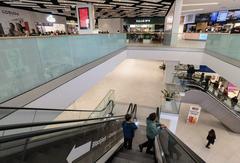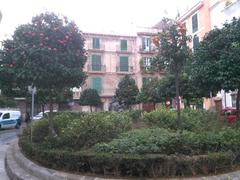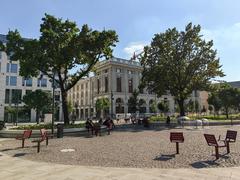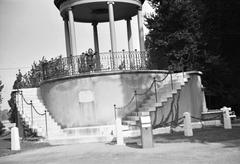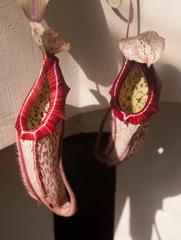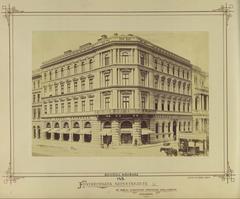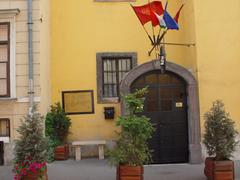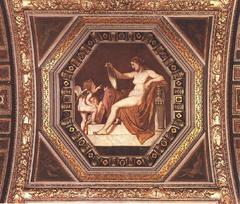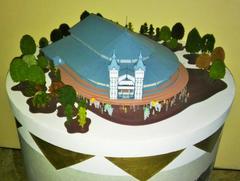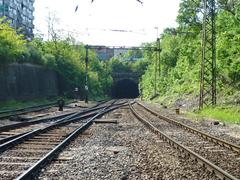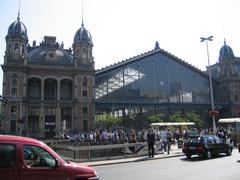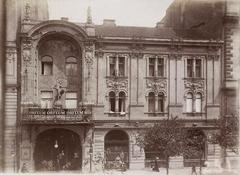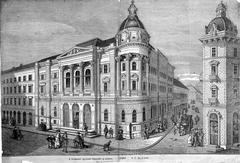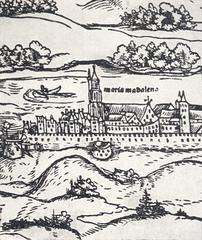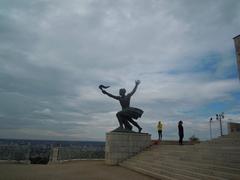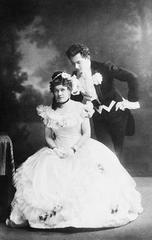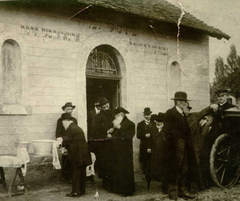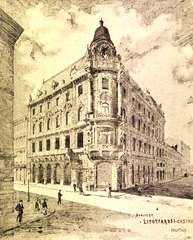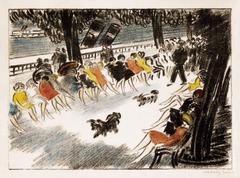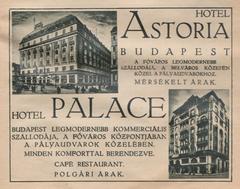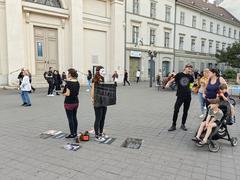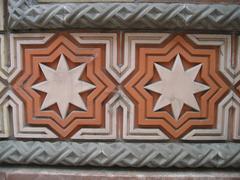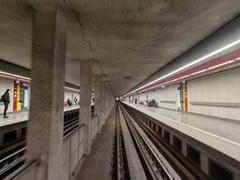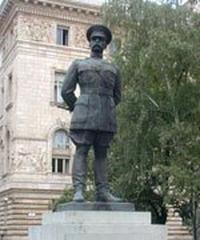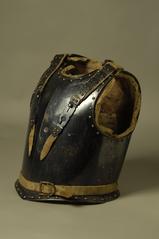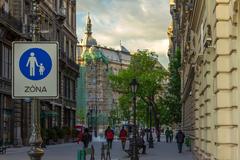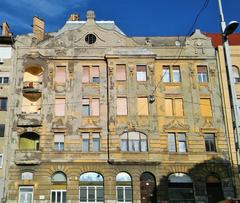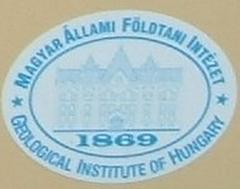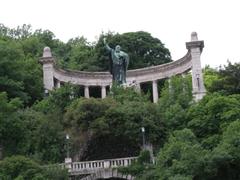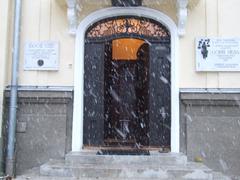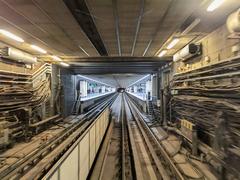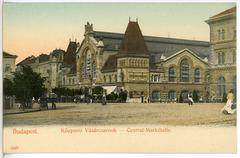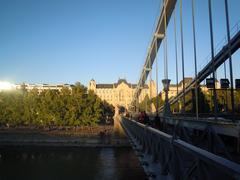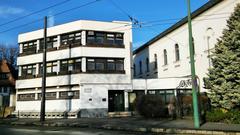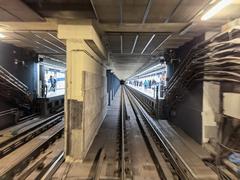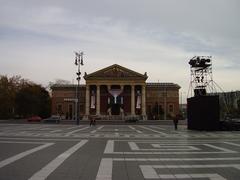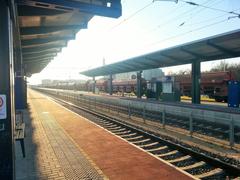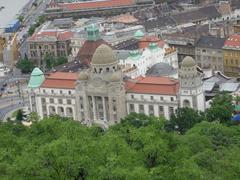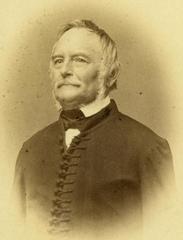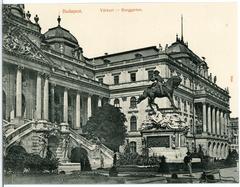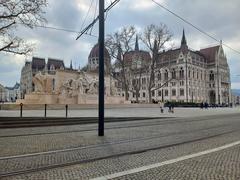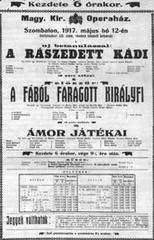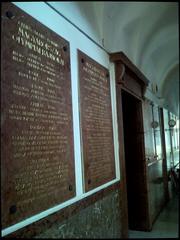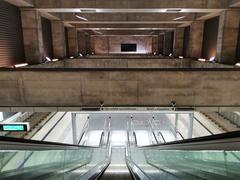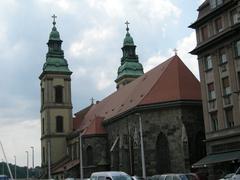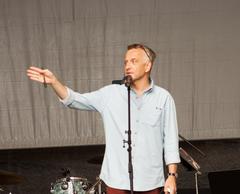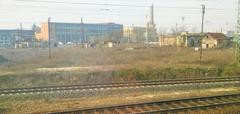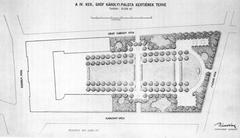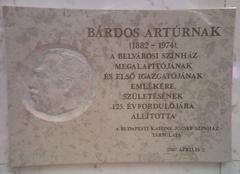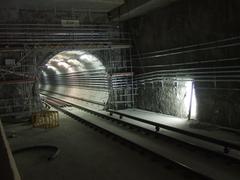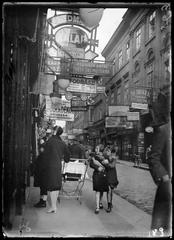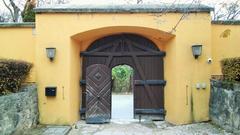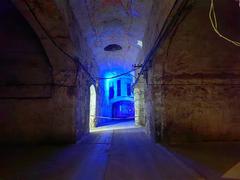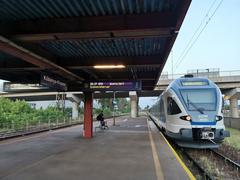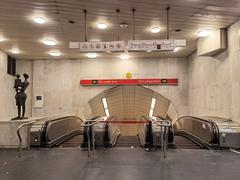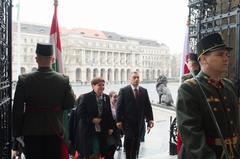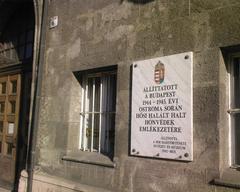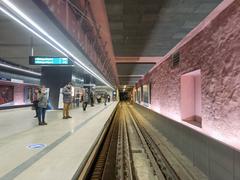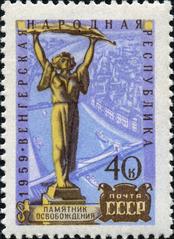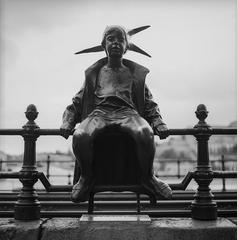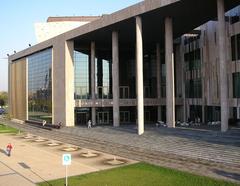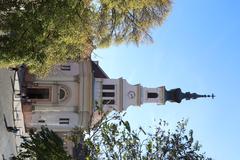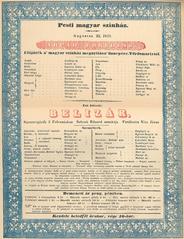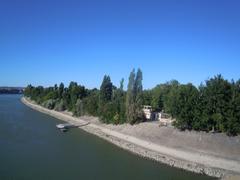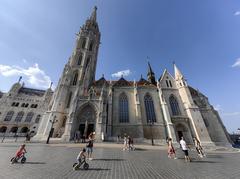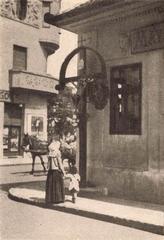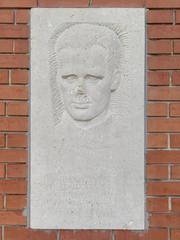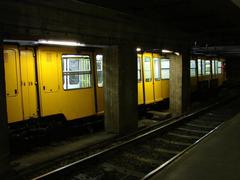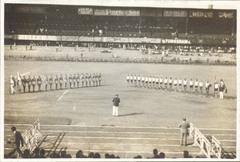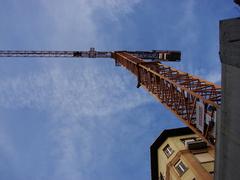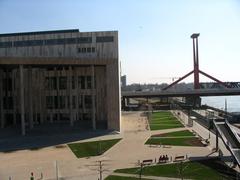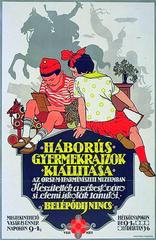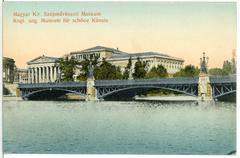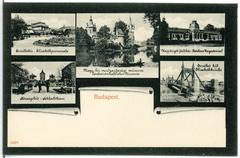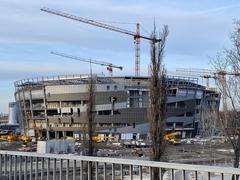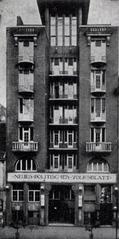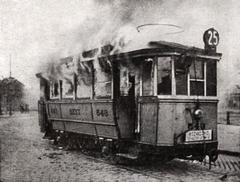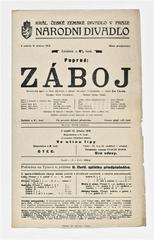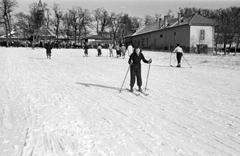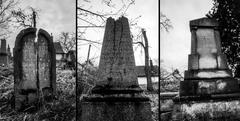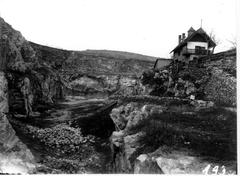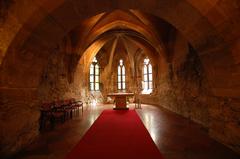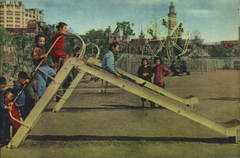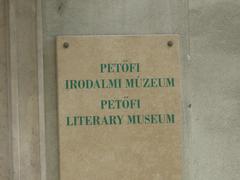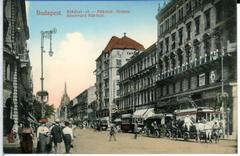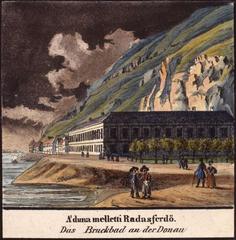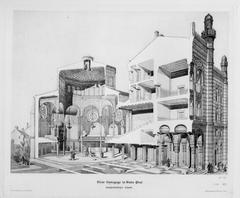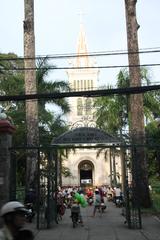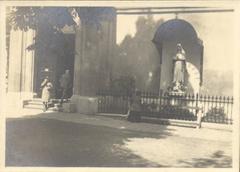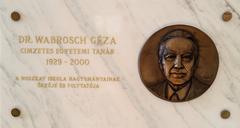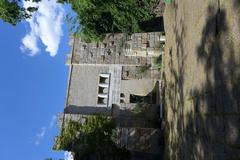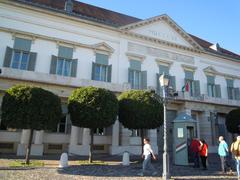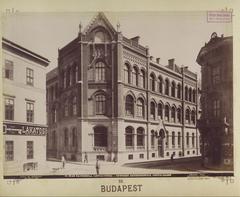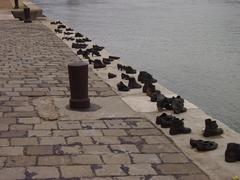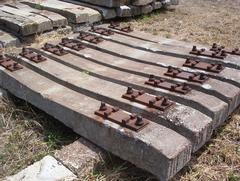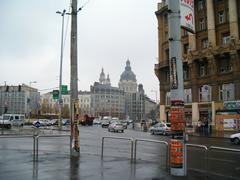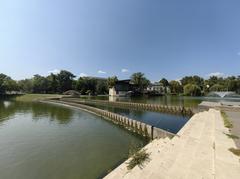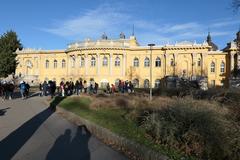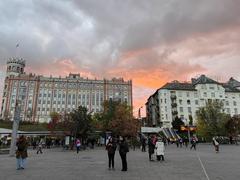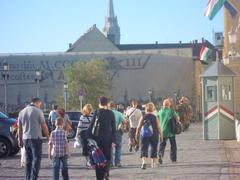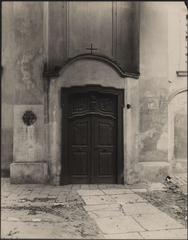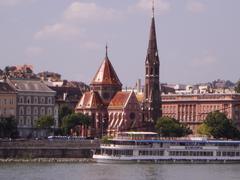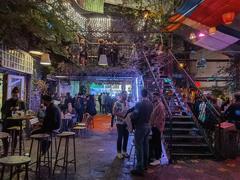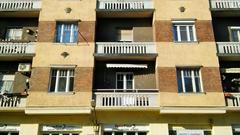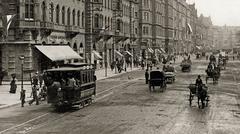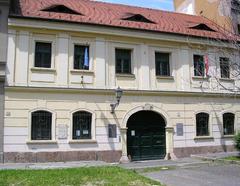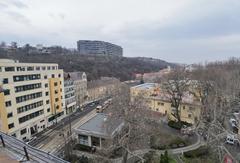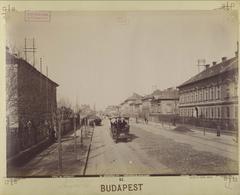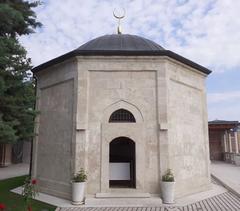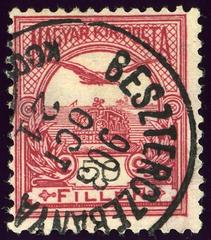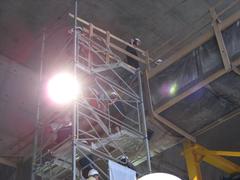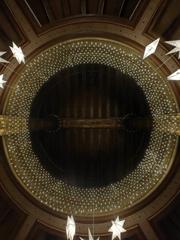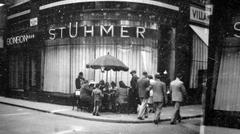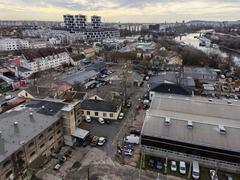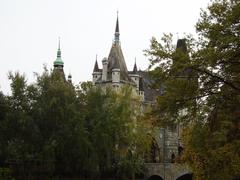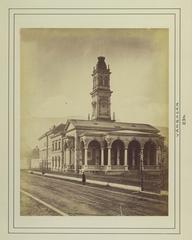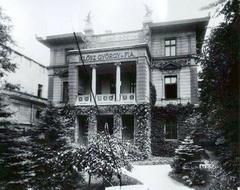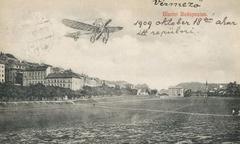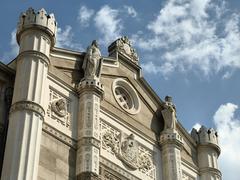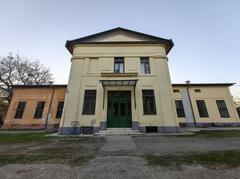Visiting Heroes’ Square in Budapest: A Comprehensive Guide
Date: 16/07/2024
Introduction
Hősök tere, or Heroes’ Square, stands as one of Budapest’s most iconic and historically significant landmarks. Conceived during the late 19th century to commemorate the 1000th anniversary of the Magyar conquest of the Carpathian Basin, the square was meticulously designed to honor Hungary’s most important historical figures and events (source). The square’s central feature, the Millennium Monument, is a testament to the nation’s enduring spirit, showcasing statues of the seven chieftains of the Magyars and other pivotal leaders who shaped Hungarian history (source). Hősök tere is not only a focal point for national celebrations and public gatherings but also a symbol of national pride and cultural heritage, making it a must-visit destination for anyone exploring Budapest.
Table of Contents
History of Hősök tere
Origins and Early Development
Hősök tere, or Heroes’ Square, is one of the most iconic and historically significant landmarks in Budapest, Hungary. Conceived in the late 19th century as part of the grandiose urban development projects celebrating the 1000th anniversary of the Magyar conquest of the Carpathian Basin, traditionally dated to 895 AD, the idea for the square was first proposed in 1896, during the millennial celebrations. It was designed to be a monumental space that would honor Hungary’s most important historical figures and events.
Construction and Design
The construction of Hősök tere began in 1896 and was completed in 1900. The square was designed by architect Albert Schickedanz and sculptor György Zala. The central feature of the square is the Millennium Monument, which consists of a 36-meter-high column topped with a statue of the Archangel Gabriel holding the Hungarian Holy Crown and the apostolic double cross. This column is flanked by two semi-circular colonnades that house statues of important Hungarian leaders and statesmen.
The design of the square and its monuments was heavily influenced by the neoclassical style, which was popular in Europe at the time. The use of grand columns, statues, and symmetrical layouts was intended to evoke the grandeur and permanence of ancient Roman and Greek architecture.
The Millennium Monument
The Millennium Monument is the focal point of Hősök tere and is rich in symbolism. The column is surrounded by seven statues representing the leaders of the seven Magyar tribes who settled in the Carpathian Basin. These statues are arranged in a semi-circle at the base of the column and are depicted in traditional Magyar attire, emphasizing their historical and cultural significance.
The colonnades behind the column feature statues of 14 important figures from Hungarian history, including kings, governors, and other notable leaders. Each statue is accompanied by a relief depicting a significant event from that person’s life. This arrangement not only honors these individuals but also provides a visual narrative of Hungary’s history.
Historical Significance
Hősök tere has played a significant role in Hungary’s national identity and has been the site of numerous important events throughout the country’s history. During the 20th century, the square was a focal point for political rallies, public demonstrations, and national celebrations.
One of the most notable events in the square’s history occurred in 1989, when a massive crowd gathered to witness the reburial of Imre Nagy, the former Prime Minister of Hungary who was executed following the failed 1956 Hungarian Revolution. This event marked a turning point in Hungary’s transition from a communist state to a democratic republic and underscored the square’s importance as a symbol of national unity and resilience.
Visitor Information
Renovations and Modern Use
In the late 20th and early 21st centuries, Hősök tere underwent several renovations to preserve its historical and architectural integrity. These renovations included the restoration of the statues and colonnades, as well as improvements to the surrounding infrastructure to accommodate the increasing number of visitors.
Today, Hősök tere remains a popular destination for both tourists and locals. It is a central part of Budapest’s cultural and historical landscape and continues to serve as a venue for public events and celebrations. The square is also a starting point for exploring other nearby attractions, such as the Museum of Fine Arts and the City Park (Városliget).
Tickets and Visiting Hours
Hősök tere is open to the public year-round and there is no admission fee to visit the square itself. However, nearby attractions such as the Museum of Fine Arts and other cultural sites may have their own ticket prices and opening hours. It is advisable to check their official websites for the most up-to-date information.
Nearby Attractions
- Museum of Fine Arts - Located adjacent to Hősök tere, this museum houses an extensive collection of European art, including works by Spanish, Italian, and Dutch masters (source).
- City Park (Városliget) - Just a short walk from the square, this park offers a variety of attractions, including the Széchenyi Thermal Bath, the Budapest Zoo, and the Vajdahunyad Castle (source).
Cultural Impact
Hősök tere is more than just a historical monument; it is a symbol of Hungarian national pride and identity. The square and its monuments reflect the country’s rich history and cultural heritage and serve as a reminder of the struggles and triumphs that have shaped Hungary over the centuries.
The square’s design and layout have also influenced other public spaces in Budapest and beyond. Its use of neoclassical elements and grandiose scale has inspired similar projects in other cities, and it remains a prime example of how public spaces can be used to celebrate and commemorate a nation’s history.
Visitor Tips
For those planning to visit Hősök tere, here are several tips to ensure a memorable experience:
- Timing - The square is open to the public year-round, but it is best visited during the spring and summer months when the weather is pleasant. Early mornings or late afternoons are ideal times to visit to avoid the crowds and enjoy the square in a more peaceful setting.
- Guided Tours - Consider joining a guided tour to learn more about the history and significance of the square and its monuments. Many tours also include visits to nearby attractions, providing a comprehensive overview of Budapest’s cultural and historical landmarks.
- Photography - Hősök tere is a popular spot for photography, so be sure to bring a camera to capture the stunning architecture and statues. The square is particularly beautiful at sunset when the light casts a warm glow on the monuments.
- Accessibility - The square is easily accessible by public transportation, with several bus and metro lines stopping nearby. It is also within walking distance of other major attractions in Budapest, making it a convenient starting point for exploring the city.
FAQ
- What are the visiting hours for Hősök tere? Hősök tere is open 24/7, but nearby attractions may have specific opening hours.
- Is there an admission fee to visit Hősök tere? No, there is no admission fee to visit the square itself.
- Are guided tours available? Yes, several guided tours are available that include Hősök tere and other nearby attractions.
- What are some nearby attractions? The Museum of Fine Arts and City Park (Városliget) are popular nearby attractions.
Call to Action
Interested in exploring more about Budapest’s rich history and cultural landmarks? Check out our other articles on Budapest historical sites and follow us on social media for the latest updates and travel tips!
Conclusion
Hősök tere is more than a historical monument; it is a living symbol of Hungary’s rich cultural heritage and national identity. From its grand Millennium Monument to the statues of historic figures, the square provides a comprehensive narrative of Hungary’s past and present. Efforts to preserve and maintain this landmark ensure that future generations can continue to appreciate its significance (source). Whether you’re visiting for its historical insights, cultural events, or simply to take in the magnificent architecture, Hősök tere offers a unique and enriching experience. Make sure to explore nearby attractions like the Museum of Fine Arts and City Park to fully immerse yourself in Budapest’s vibrant history and culture.
References
- A Complete Guide to Visiting Hősök tere - History, Tickets, and Tips, 2023, Author (source)
- Discover Hősök tere - Budapest’s Iconic Heroes’ Square – Visiting Hours, Tickets, and Historical Insights, 2023, Author (source)
- Ultimate Guide to Visiting Hősök tere - Tips, Tickets, and Nearby Attractions in Budapest, 2023, Author (source)
